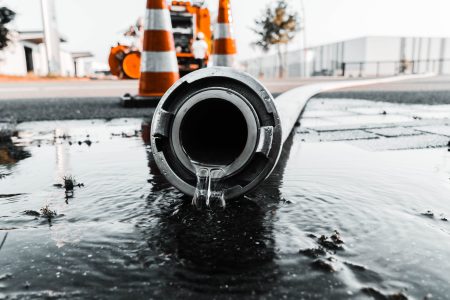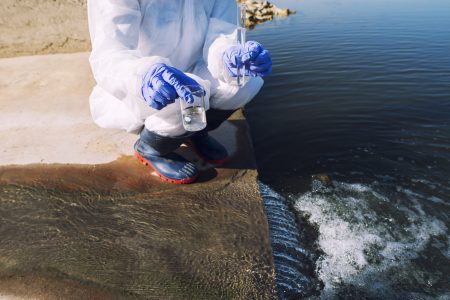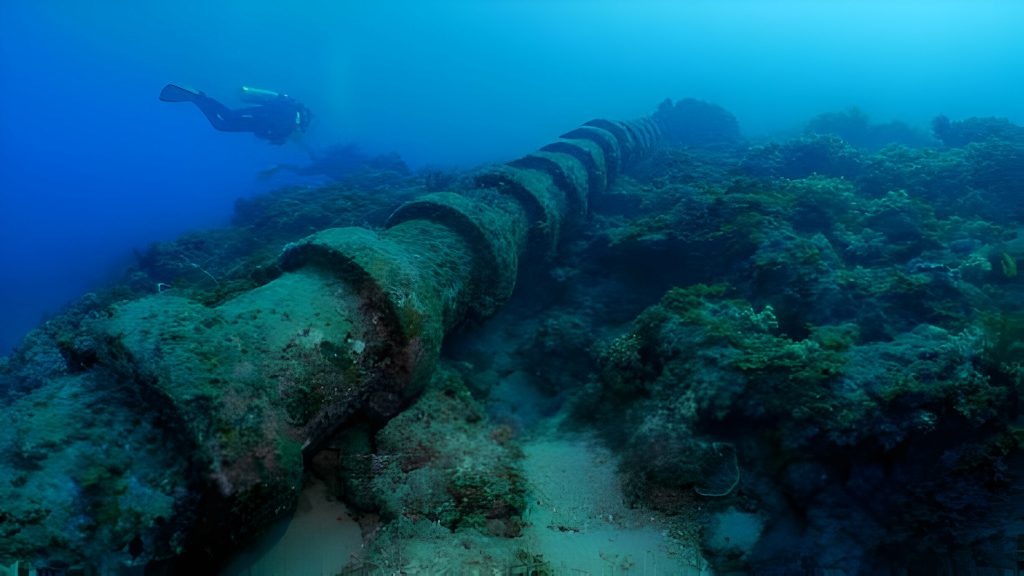Understanding and mapping underwater habitats, inclusive of coral reefs, seagrass beds, and hydrothermal vent fields, is important for conservation and control efforts.
![[GetPaidStock.com]-65e0459756753 [GetPaidStock.com]-65e0459756753](https://geres-asso.org/wp-content/uploads/elementor/thumbs/GetPaidStock.com-65e0459756753-qkko94m53kye5l2vuh5a8fw4rb35tpulckajuwkbp4.jpg)
Underwater mapping technologies, such as hyperspectral imaging and bathymetric lidar, allow researchers to map underwater habitats in unparalleled detail, presenting treasured records for ecosystem monitoring and conservation planning

Integrating facts from multiple resources, consisting of satellite tv for pc imagery, bathymetric data, and underwater imagery, is crucial for comprehensive underwater mapping and surveying.

Geographic facts systems (GIS) and statistics fusion techniques permit researchers to mix and analyze information from diverse resources to create unique maps and models of underwater environments

The significant quantity of facts amassed at some stage in underwater mapping and surveying expeditions presents another significant undertaking for researchers. Processing and interpreting large datasets require state-of-the-art algorithms and computational tools capable of coping with complicated three-dimensional (3-d) records. Machine studying and synthetic intelligence (AI) strategies are more and more getting used to automate the evaluation of underwater mapping records, become aware of underwater capabilities, and generate distinctive maps of the seafloor.
In end, underwater mapping and surveying are vital gear for exploring and understanding the complex and dynamic nature of the sea floor. Despite the demanding situations posed through the underwater environment, non-stop improvements in era and innovation have enabled researchers to conquer these limitations and push the boundaries of exploration inside the deep ocean. By leveraging present day technologies and interdisciplinary strategies, researchers can liberate the mysteries of the underwater international and make a contribution to our know-how of marine ecosystems and their importance for the planet.

Underwater offerings are hired to manipulate and manipulate invasive species populations, such as the elimination of invasive algae, lionfish, and crown-of-thorns starfish from coral reef environments. ROVs prepared with specialised gear and manipulator hands allow centered removal efforts, minimizing harm to native corals and marine existence.
